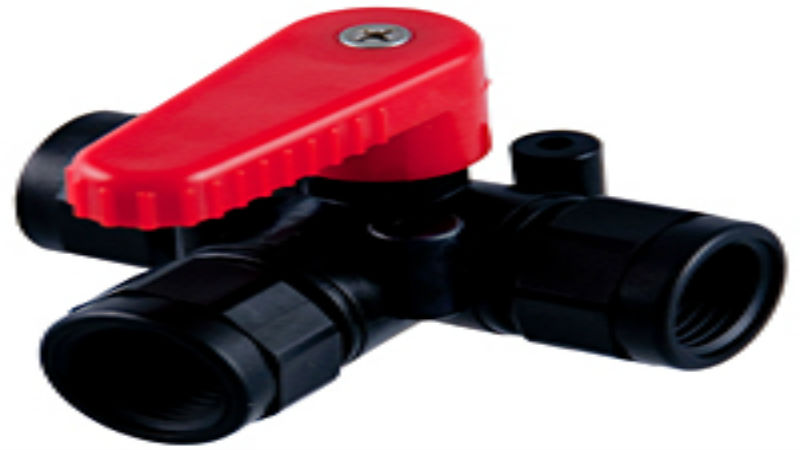There are many different applications where a PVC ball valve is an ideal choice. There are also some applications where PVC is not the right material, or when a ball valve may not be the best option to consider.
PVC Benefits
As with any type of application, choosing the correct material is always an important first step. Polyvinyl chloride or PVC is not a new material, and it has been used for decades in piping and plumbing systems. It is lightweight and very corrosion resistant, which makes it a good option for a variety of systems.
In addition to being corrosion resistant and light, PVC is also a top option when moderately high to low temperatures are a factor. The material itself is impact resistant, which means it stands up even in the more demanding types of applications. It is widely used in both residential and commercial plumbing systems as well as in commercial production facilities.
Gluing is all that is required to join the PVC ball valve to the pipe. It does not need to be welded or soldered in place, so there is no risk of structural damage from the application of direct heat to the valve during the installation process.
Ball Valves
All ball valves, regardless of the material they are made of, are used to turn the flow of liquid, steam or gas through a system either on or off. They are a type of quarter turn valve with an exterior lever or handle or the option for automated control.
The PVC ball valve features all the benefits of PVC as a material, as well as the durability and long life cycles found in a ball valve. Named for the interior ball that rotates with the level to either shut off the flow or open the central hole through the ball for flow, the ball valve can also be used for general flow volume control, even though this is not the primary purpose of the design.







